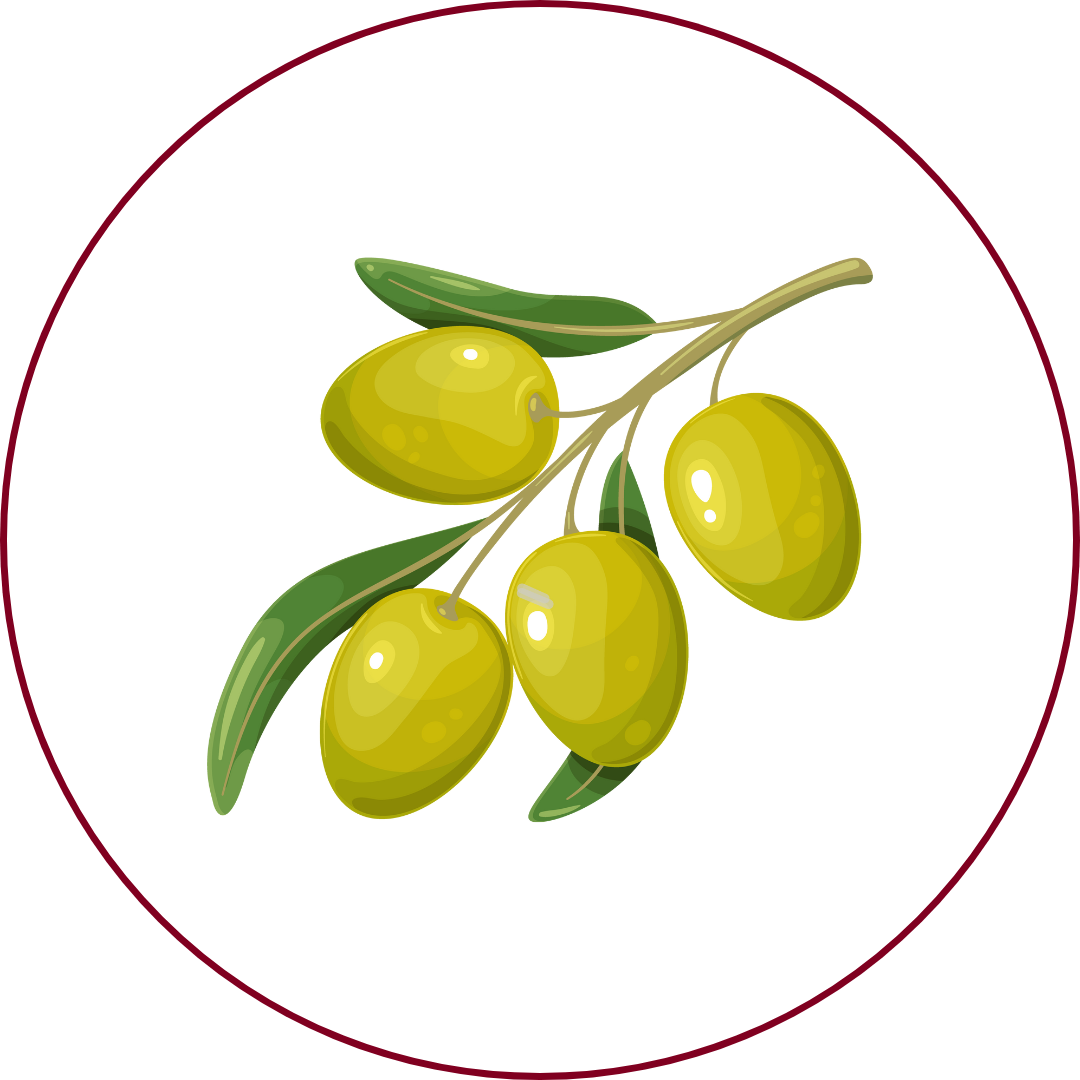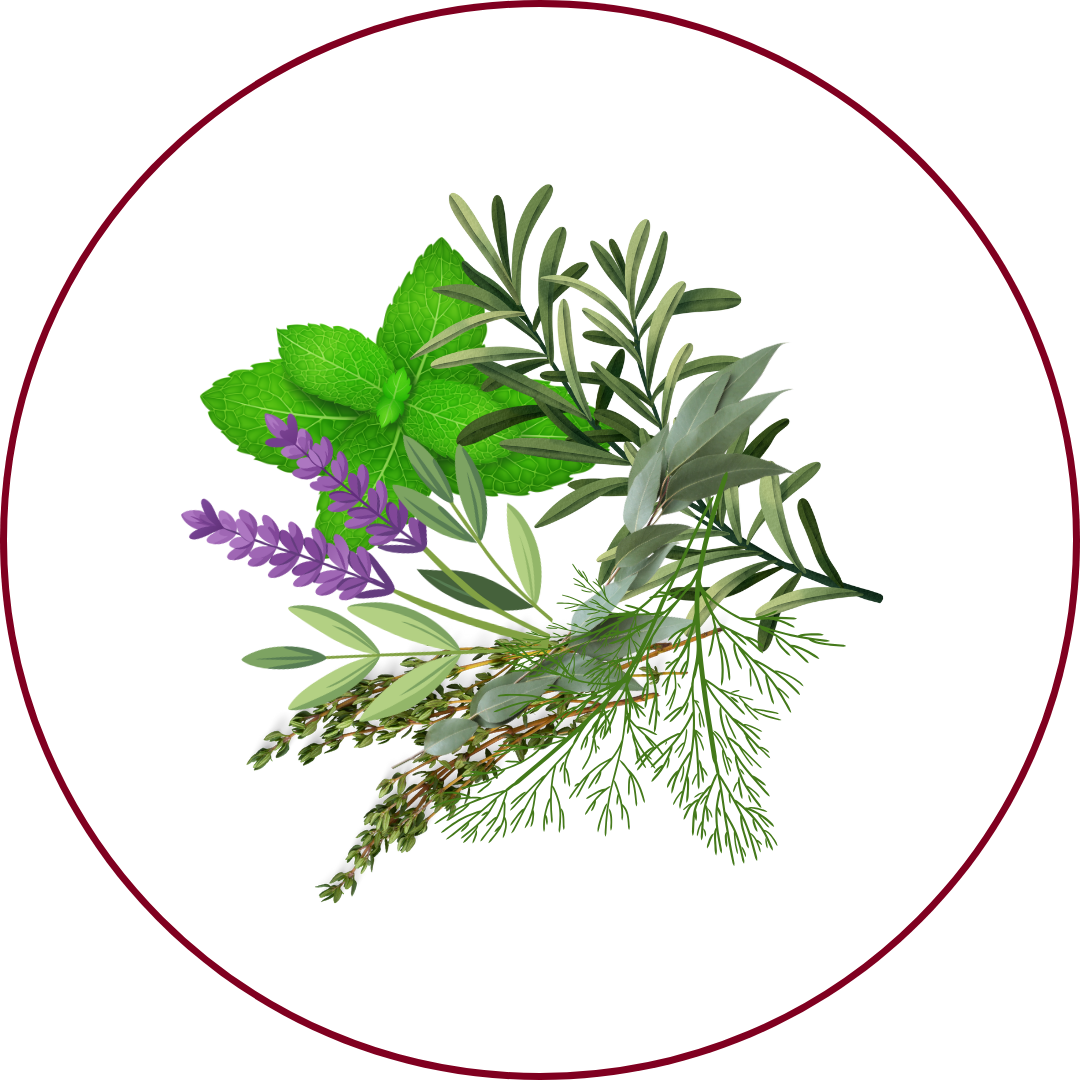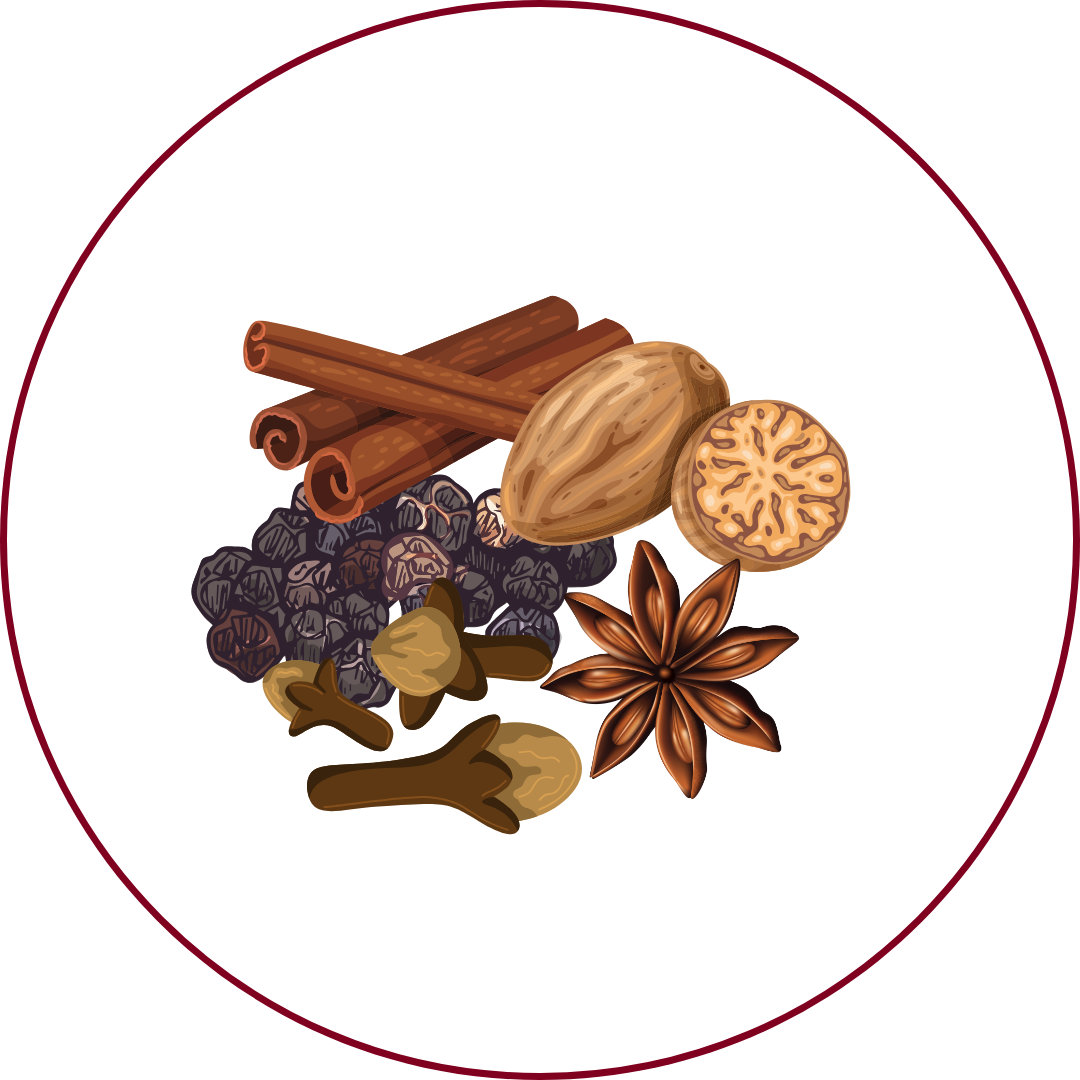Grape Variety
Xinomavro
"ksee-NO-mah-vro"
Wine Styles
 Sparkling
Sparkling Light White
Light White Full White
Full White Aromatic
Aromatic Rosé
Rosé Light Red
Light Red Medium Red
Medium Red Full Red
Full Red Dessert
DessertAbout Xinomavro
Origin
Greece
History
Xinomavro is a red grape variety native to northern Greece, particularly the Naoussa and Amyntaio regions in Macedonia. The name 'Xinomavro' translates to 'sour black,' reflecting the grape's high acidity and dark color. It is considered one of Greece's most important indigenous varieties, known for producing wines with significant aging potential.
Appearance
Small, thick-skinned, dark blue-black berries.
Growing Traits
Xinomavro is a late-ripening variety that thrives in warm, dry climates. It is moderately vigorous and highly productive, producing large, deeply colored berries. The grape benefits from its thick skin, which contributes to the intense color and structure of the wines.
Wine Characteristics
Body
3/5
Sweetness
1/5
Tannin
4/5
Acidity
4/5
Alcohol
3/5
Medium to full-bodied with a firm structure, offering a complex mouthfeel. Typically vinified dry, highlighting its natural acidity and tannin structure. High tannin levels, providing a strong structure and a dry, astringent mouthfeel. Medium to high acidity, contributing to the wine's freshness and aging potential. Moderate to high alcohol content, generally ranging from 12% to 14%, contributing to the wine's body and intensity.
Taste Profile

Cherry

Tomato

Olive

Herbal

Spice
Xinomavro wines are characterized by their complex flavor profile, with prominent notes of cherry, tomato, and olive, complemented by herbal and spicy undertones. The wines are typically medium to full-bodied, with high tannin and acidity, contributing to their aging potential and making them particularly enjoyable after several years of cellaring.
Food Pairing
Xinomavro's high acidity and tannin structure make it an excellent companion for rich, flavorful dishes. It pairs well with grilled meats, roasted lamb, and hearty stews. The wine's complexity also complements aged cheeses and charcuterie. Additionally, Xinomavro can be enjoyed with Mediterranean cuisine, such as grilled vegetables and olive-based dishes.
Growing Regions

Greece
NaoussaAmyntaioGoumenissaRapsani
Notable Wines & Producers
Naoussa
Domaine Thymiopoulos
Domaine Karakasis
Domaine Karydas
Amyntaio
Alpha Estate
Domaine Ligas
Domaine Karanika
Goumenissa
Domaine Ktima Gerovassiliou
Domaine Ktima Pavlidis
Domaine Ktima Vourvoukeli
Xinomavro FAQ
Common questions about this grape variety
What is the origin of Xinomavro?
+
Greece
Is Xinomavro wine full bodied?
+
Xinomavro has a body level of 3 out of 5. Which means that Xinomavro is Moderate bodied.
Is Xinomavro wine dry or sweet?
+
Xinomavro has a dryness level of 1 out of 5. Which means that Xinomavro is Dry.
Where is Xinomavro wine from?
+
Greece
Where is Xinomavro grown?
+
Xinomavro is grown in Greece (Naoussa, Amyntaio, Goumenissa, Rapsani).
What is Xinomavro like?
+
Xinomavro wines are characterized by their complex flavor profile, with prominent notes of cherry, tomato, and olive, complemented by herbal and spicy undertones. The wines are typically medium to full-bodied, with high tannin and acidity, contributing to their aging potential and making them particularly enjoyable after several years of cellaring.
What does Xinomavro pair with?
+
Xinomavro's high acidity and tannin structure make it an excellent companion for rich, flavorful dishes. It pairs well with grilled meats, roasted lamb, and hearty stews. The wine's complexity also complements aged cheeses and charcuterie. Additionally, Xinomavro can be enjoyed with Mediterranean cuisine, such as grilled vegetables and olive-based dishes.
What does Xinomavro taste like?
+
Xinomavro wines are characterized by their complex flavor profile, with prominent notes of cherry, tomato, and olive, complemented by herbal and spicy undertones. The wines are typically medium to full-bodied, with high tannin and acidity, contributing to their aging potential and making them particularly enjoyable after several years of cellaring.
Take Xinomavro Knowledge with You
Access detailed grape profiles, tasting notes, and pairing suggestions on your iPhone.
Download on theApp Store